What are the 07+ sample paragraphs showing thoughts about an eight-syllable poem? What are the compulsory subjects and educational activities for 9th-grade students in Vietnam?
What are the 07+ sample paragraphs showing thoughts about an eight-syllable poem?
Students can refer to the following sample paragraphs showing thoughts about an eight-syllable poem:
Thoughts about the poem "Quê Hương" by Te Hanh
The homeland is an endless source of inspiration for many Vietnamese poets, and especially for Te Hanh - a person who has been away from his homeland for a long time, choosing this topic to express his emotions. The poem “Quê Hương” (Homeland) is one of the most representative works in his career, showcasing his simple style, rich imagery, and deeply heartfelt emotions. The whole poem paints a picture of a coastal village and the labor scene of fishermen, through which we see the author’s profound nostalgia and deep affection for his homeland. With the modern eight-syllable verse form, full of emotions combined with vivid imagery, comparisons, and unique personifications, the poem becomes simple and intimate. Te Hanh utilized some specific images of the sea region "young men, the boat, the ship fragments, the blue water, silverfish,..." showing us his homeland is always vivid and never fades from the poet's mind. Accompanying this, Te Hanh also used interesting comparisons “The sail spreads wide like a village spirit/ Stretching its white body out to gather the wind”. The sail – the tangible, visible entity is compared to the village spirit – the abstract, unseen essence. The village spirit, the soul, is the deep, sacred characteristic of the homeland, of the fishing village that the poet perceives through the image of a raised sail. The imagery is truly open, majestic, and filled with expansive vigor. This is also the poet's subtle, precise discovery: the familiar sail, so essential and integral to the livelihood, symbolizes a fishing village. As the boat returns after a day racing against the waves, it is personified by the poet as a human, a sage relaxing, quiet, and pensive: "The tired boat returns quietly to the dock / Listening to the salt gradually seep into the hull." Listening (a sensory perception of hearing) to the salt seep into the wooden body; it’s a very delicate shift in sensation. Not only humans but even the boat is imbued with the sea’s taste, feeling the salty flavor of the sea spreading within or that itself is the gentle and simple aftertaste of the countryside's rhythm. If the poet didn't have a close bond and love for his homeland, he couldn't have so artistically and vividly captured the beauty of the people and landscape in such vibrant and fervent verses. The poem, with its robust rhythm and lively imagery, invigorates the reader, its language rich in evocative power painting a homeland scene "very Te Hanh".
Thoughts about the poem "Mùa xuân nho nhỏ" by Thanh Hai
The poem "Mùa xuân nho nhỏ" (A Little Spring) by Thanh Hai imparted to me a profound sentiment about the desire to contribute to life. This is a meaningful poem, expressing each individual's longing to live and their small sacrifices for a common cause. The content of the poem expresses the author's wish to contribute through the image of spring. The line "Mùa xuân nho nhỏ toi lam von" underscores that, despite small contributions, everyone can play a part in creating shared social value. The poetic form uses familiar images such as spring, trees, to easily connect with the reader's emotions. The gentle and light verses are, however, full of meaning, prompting reflections on responsibility and contribution in life. The poem left in me a deep impression of dedication and trust in life. It made me realize that despite being small, everyone can bring about great changes if they unite.
Thoughts about the poem “Canh khuya” by Ho Chi Minh
The poem “Canh khuya” (Night Scene) by Ho Chi Minh is not only a work depicting nature but also a reflection of the author's mood during the arduous years of resistance. Each line of the poem conveys a message of patriotism and deep love for nature. The poem describes a serene night, bright moonlight, and the quiet flowing river – all create a peaceful atmosphere, reflecting the quietness in the author’s soul. The simple yet profound verses illustrate the harmony between man and nature. The artistic form uses familiar natural images such as the moon, river, and trees to convey emotions of patriotism and resilience. The poem “Canh khuya” helped me feel the power of patience and love for the homeland. It is not only a poem about nature but also about courage and the desire to fight for the country.
Thoughts about the poem “Đoàn thuyền đánh cá” by Huy Can
The poem “Đoàn thuyền đánh cá” (The Fishing Fleet) by Huy Can gives me a sense of the beauty of nature and the hardship involved in labor. This work both praises nature and honors the laboring people. The poem describes the work of laborers at sea, with images such as the fleet setting sail, the morning light, and the vast waves. Through this, the author portrays the majestic beauty of nature and a love of labor. The poem’s artistic form uses vivid and colorful images to depict the bond between humans and nature. The verses not only describe the landscape but also reflect pride in labor. The poem “Đoàn thuyền đánh cá” made me appreciate nature and labor more. It reminds me of the importance of labor and love for nature in everyone’s life.
Thoughts about the poem “Nhớ rừng” by The Lu
In “Nhớ rừng” (Remembering the Jungle), The Lu expressed a melancholic, disenchanted sentiment and a passionate longing for freedom through the borrowed voice of the tiger in the zoo. It is also the shared sentiment of patriotic Vietnamese during the lost country’s situation. The tiger's mind represents The Lu's youthful longing for the beautiful life of the past. It is the shared spirit of most of The Lu's poems and the New Poetry Movement, carrying humanity’s aspiration to live their true selves. “Nhớ rừng” cannot escape sadness, the "disease of the era" back then. Yet, the poem is distinctive because it creates a meeting point between the despair of a nation losing its country and the generation's intellectual's dissatisfaction and helplessness before reality. It sparrows a rightful longing for freedom. Rich with romantic inspiration and intense emotions, “Nhớ rừng” spread a hurriedly flowing spirit and many impressive images describing the majestic beauty of the mountains and forests. The Lu's success lies in his rich imagination when borrowing the image of the tiger in the zoo to express his profound, concealed sentiments. It describes the dislike of confined life while stirring up patriotic feelings of the era.
Thoughts about the poem “Bếp lửa" by Bang Viet
“Bếp lửa” (The Stove) is a work created by poet Bang Viet during the lesson when northern Vietnam was transitioning to building socialism. Throughout the poem, the warm, simple image of a stove evokes countless tender memories about a grandmother. Mentioning the grandmother is to recall her diligent, hard-working days and nights. With extraordinary resilience and love for her grandchildren, every morning and evening, she kindles the stove to care for her grandchildren’s food and clothing. That stove brings magical rays of light: “warm and passionately nurturing,” “igniting love with sweet potatoes and cassava,” “sparking a new rice pot in joyful gatherings,” “awakening childhood sentiments,”... The stove is no longer understood in its literal sense but has been transformed into a symbol of love, sharing, and protection. It is a sacred symbol of the loving grandmother in the grandchildren’s hearts. Because of these reasons, the stove and the grandmother become unique poetic images, inextricably linked.
Thoughts about the poem "Qua đèo Ngang" by Ba Huyen Thanh Quan
The poem “Qua đèo Ngang” (Over the Deo Ngang Pass) by Ba Huyen Thanh Quan is a poem full of emotions about sadness and loneliness upon leaving one’s homeland. Through each word, the author conveys nostalgic, wistful emotions about the days gone by. The poem’s content expresses the melancholic, quiet spirit of a woman far from home. The poem describes the deserted, silent landscape of Deo Ngang, highlighting the loneliness and isolation in the author’s soul. The artistic form uses somber, reflective verses, allowing readers to feel the separation and longing of someone far from home. The poem "Qua đèo Ngang" by Ba Huyen Thanh Quan makes me reflect on homesickness and feel the intense love everyone has for their homeland.
Note: The information is for reference only!

What are the 07+ sample paragraphs showing thoughts about an eight-syllable poem? (Image from Internet)
What are the compulsory subjects and educational activities for 9th-grade students in Vietnam?
According to Section 1, Part 4 of the General Education Program promulgated together with Circular 32/2018/TT-BGDDT regulated as follows:
1. Basic Education Stage
1.1. Primary Education
a) Educational Content
Compulsory subjects and educational activities: Vietnamese Language; Mathematics; Ethics; Foreign Language 1 (in grades 3, 4, 5); Natural and Social Sciences (in grades 1, 2, 3); History and Geography (in grades 4, 5); Science (in grades 4, 5); Information Technology and Technology (in grades 3, 4, 5); Physical Education; Arts (Music, Fine Arts); Experiential activities.
Elective subjects: Ethnic Minority Language, Foreign Language 1 (in grades 1, 2).
b) Educational Duration
Conduct teaching 2 sessions/day, with not more than 7 lessons per day; each lesson lasts 35 minutes. Educational institutions that cannot organize 2 sessions/day conduct the education plan according to the guidance of the Ministry of Education and Training.
...
1.2. Lower Secondary Education
a) Educational Content
Compulsory subjects and educational activities: Literature; Mathematics; Foreign Language 1; Civic Education; History and Geography; Natural Sciences; Technology; Information Technology; Physical Education; Arts (Music, Fine Arts); Experiential activities, career orientation; Local education content.
Elective subjects: Ethnic Minority Language, Foreign Language 2.
b) Educational Duration
Each day, 1 session is taught, with not more than 5 lessons per session; each lesson lasts 45 minutes. Middle schools with enough conditions are encouraged to conduct teaching 2 sessions/day according to the guidance of the Ministry of Education and Training.
...
Thus, compulsory subjects and educational activities for 9th-grade students in Vietnam include Literature; Mathematics; Foreign Language 1; Civic Education; History and Geography; Natural Sciences; Technology; Information Technology; Physical Education; Arts (Music, Fine Arts); Experiential activities, career orientation; Local education content.
What are the requirements for assessing 9th-grade students in Vietnam?
According to Article 4 of Circular 22/2021/TT-BGDDT, the requirements for assessing 9th-grade students in Vietnam include:
- Conduct assessment based on requirements under formal education program.
- Conduct assessment while ensuring accuracy, integrity, fairness, honesty, and objectivity.
- Conduct assessment via multiple methods, forms, techniques, and tools; combine regular assessment and periodic assessment.
- Conduct assessment for student’s improvement; prioritize motivating and encouraging efforts of students in training and learning; do not compare students with one another.



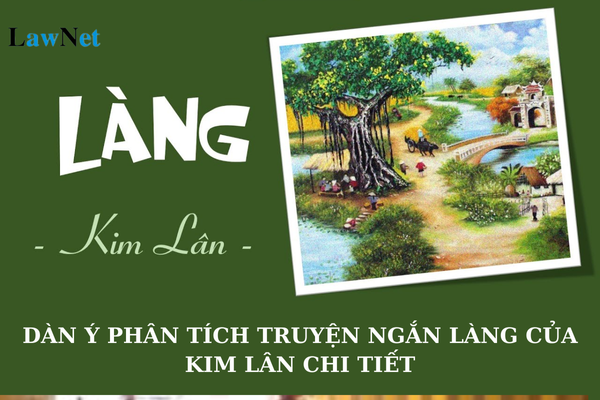

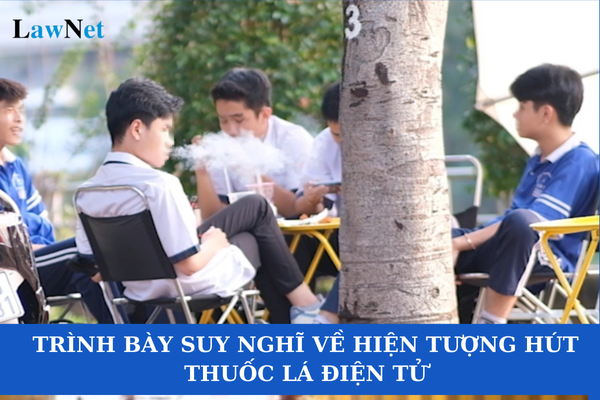
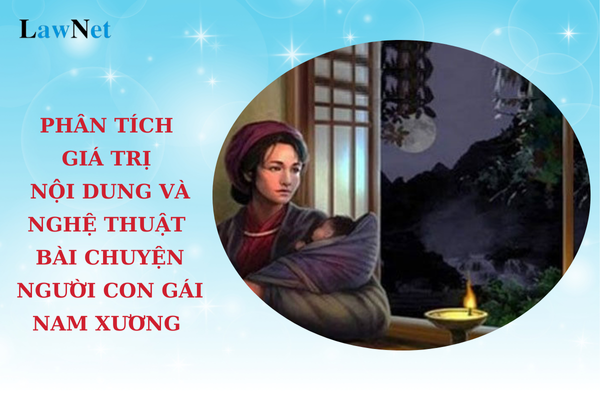
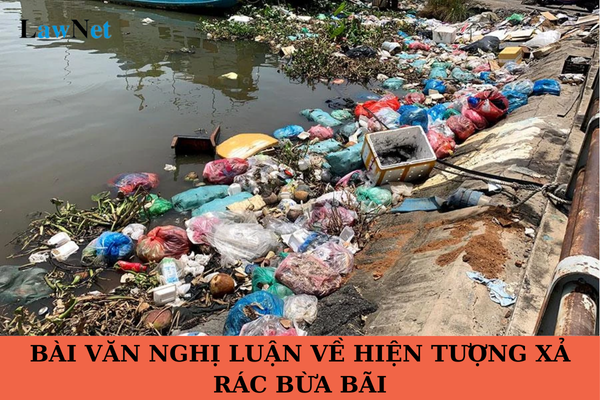
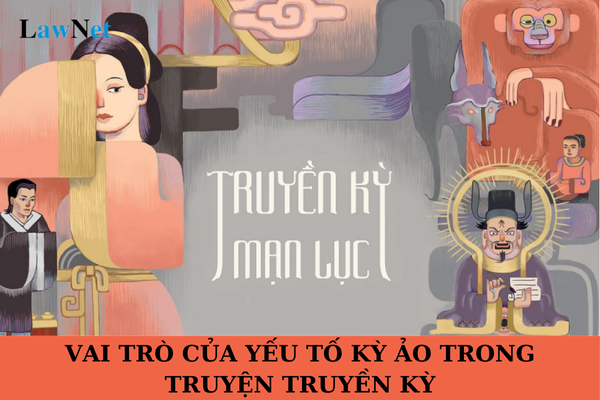
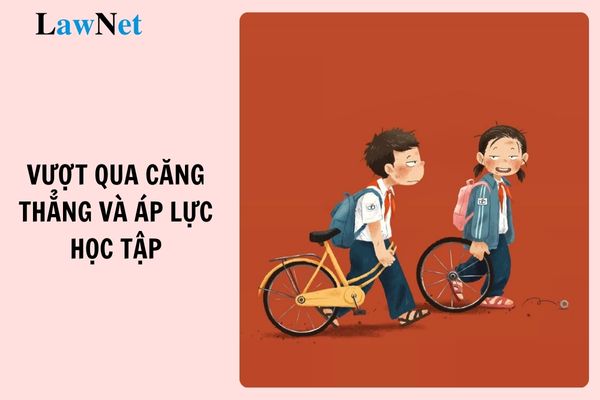
- What are the 10 best sample paragraphs expressing feelings about a literary character for 4th-grade students in Vietnam?
- Are children of public preschools within disadvantaged areas in Vietnam required to be members of poor or near-poor households to receive lunch allowances?
- Are teachers teaching Vietnamese to pre-first-grade children required to understand the local cultures?
- Vietnam: What are the 04+ best sample analysis paragraphs on the effect of the ending of the story "Lão Hạc"?
- What are the 05+ sample paragraphs expressing feelings after reading a poem? What is the nature of the content of Literature in Vietnam?
- What are the 03+ sample creative essays retelling a fairy tale in a character's words? In Vietnam, what regulations apply to enrollment to 6th grade in 2025?
- What are the 04 best sample outlines for descriptive essays about a favorite animal? What are the eligibility requirements for providing external extra classes for the 4th-grade Vietnamese language subject?
- What is the registration link for the high school student assessment (HSA) exam 2025 held by Hanoi National Parent University?
- What is the list of nominees to be voted for the Vietnam Golden Ball 2024? What are the regulations on sports training and competition within schools in Vietnam?
- What are the 02 sample essays on Vietnamese youth with skill and spirit combined to overcome challenges? What is the basis for assessing the training results of 12th-grade students in Vietnam?

